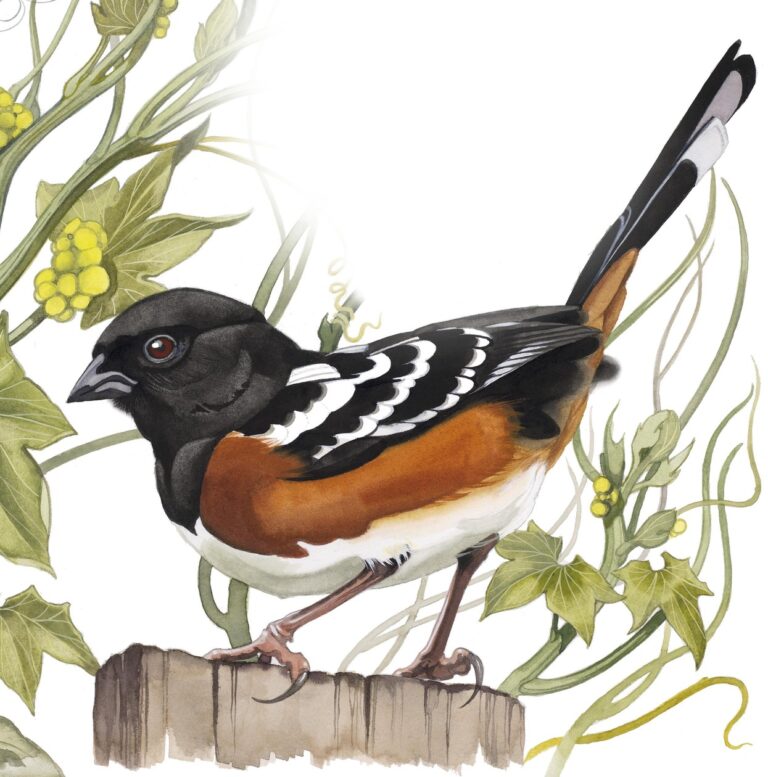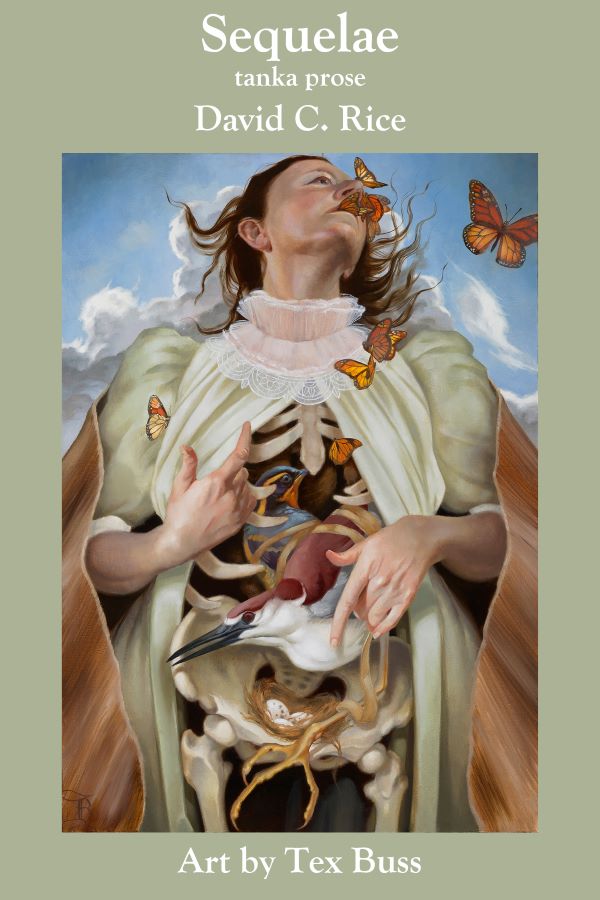7 Last Minute Gifts for “the Bird-Obsessed”
By Ryan Nakano
Not all of us are early birds, especially when it comes to finding the perfect gift for our loved ones during the holiday season. It’s been a busy time for so many of us, hence the timing of this blog. That said, I’ve put together a quick gift guide for the “bird obsessed” people in your life! Even if these gifts don’t make it “in time”, we all know time is simply a construct and your friends and family will enjoy these bird-themed gifts no matter the date and occasion.
- Alan Krakauer’s Birds of the Bay Area Desk Calendar $25
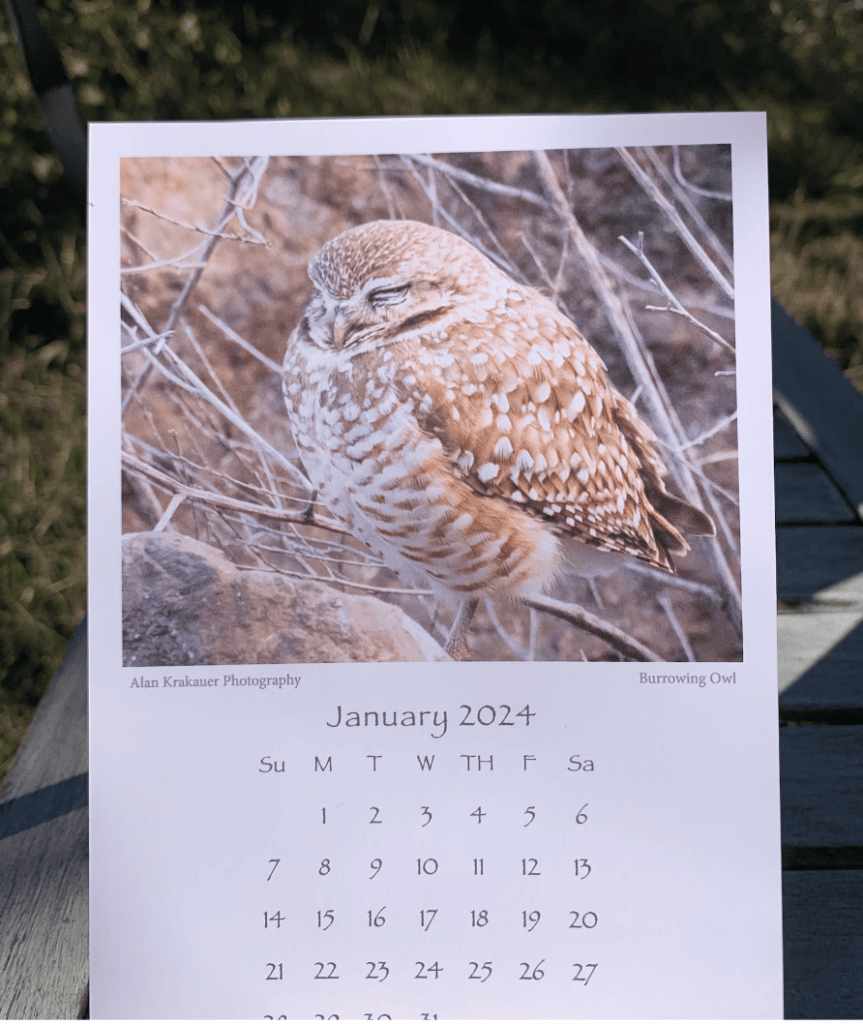
One of our year-round Golden Gate Bird Alliance residents is none other than the incredible birder, biologist and wildlife photographer Alan Krakauer. We’ve been using Alan’s bird photos for years and years because he’s just that good. But don’t take our word for it, you can snag one of the few remaining 2024 Birds of the Bay Area Calendars from Alan’s Etsy page just in time to track the new year. That means you’ll be able to add at least one new species to your list as each month passes!
While these are truly two separate bird-friendly items of indulgence, I couldn’t pass up the opportunity to list these as a combo (who doesn’t love balancing a little bitter with their sweet?). Still, let’s break these two down so you really know what you’re in for, starting with the chocolate.
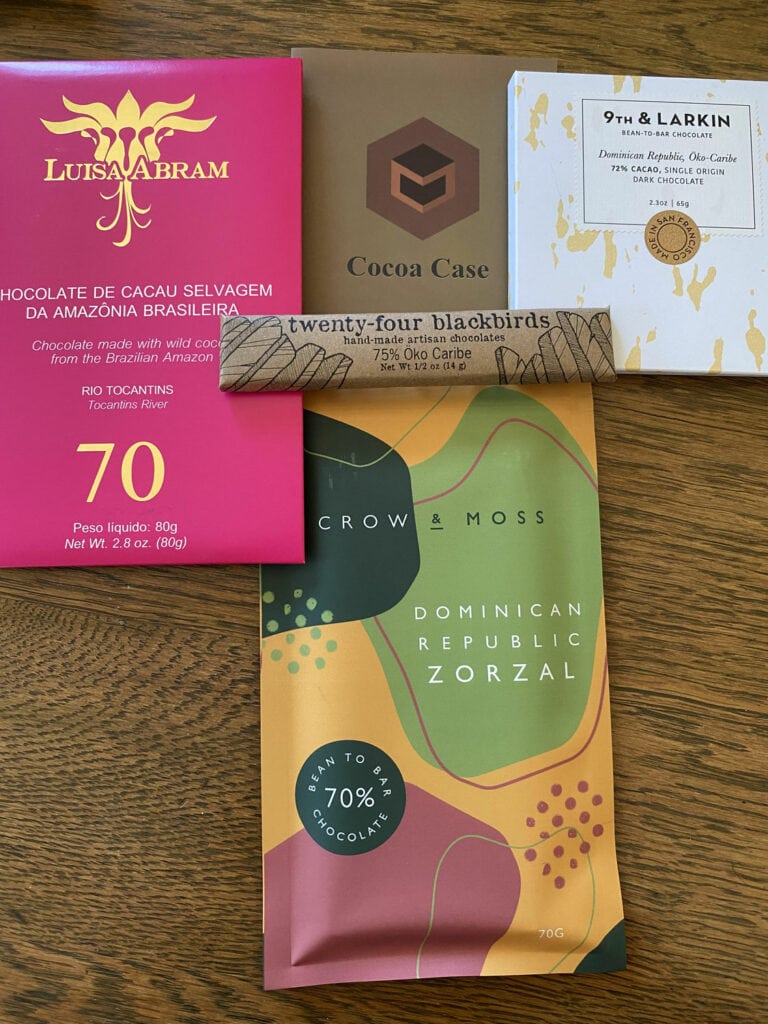
Our very own board member Sharol Nelson-Embry has not only been instrumental in bird conservation efforts in Alameda and chairing our Annual Birdathon Fundraiser, but she’s also spoiled us year after year with some of the best chocolate I’ve ever had. It just so happens, this chocolate is bird-friendly! What makes it bird-friendly? Sharol explains how farming and harvest techniques friendly to native birds is what makes this chocolate truly sweet in her blog here!
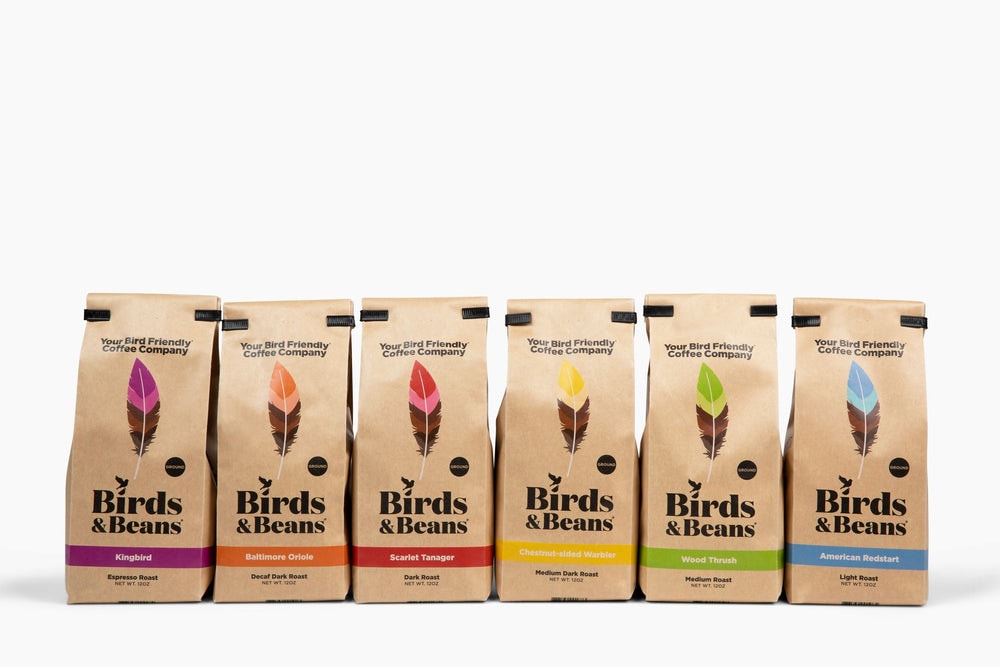
Okay, on to coffee! For all you earlybirds trying to go owling at unreasonable hours, I have to believe the day starts with coffee. And if that’s the case, make the best part of waking up bird-friendly coffee in your cup! This shade-grown organic coffee by Birds&Beans is the only coffee we drink in the office, making it essentially a daily ritual and it’s surely fueling the writing of this very blog post. Whether you get it straight from the source or you want to join our coffee-club, you won’t be disappointed! …


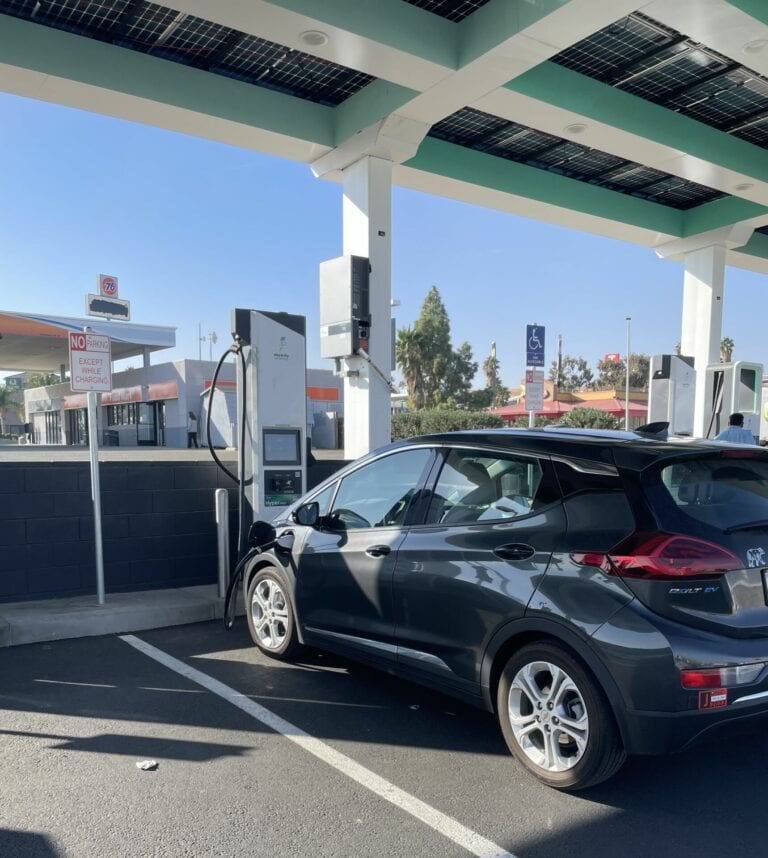
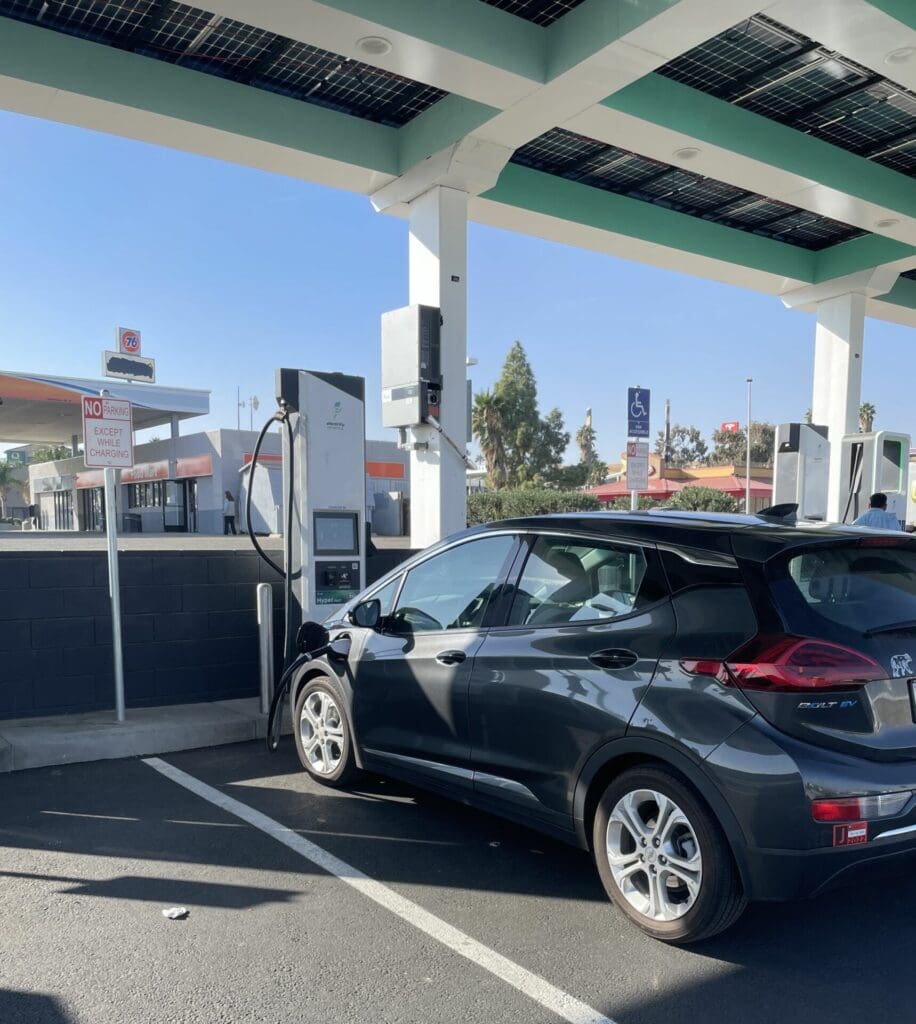
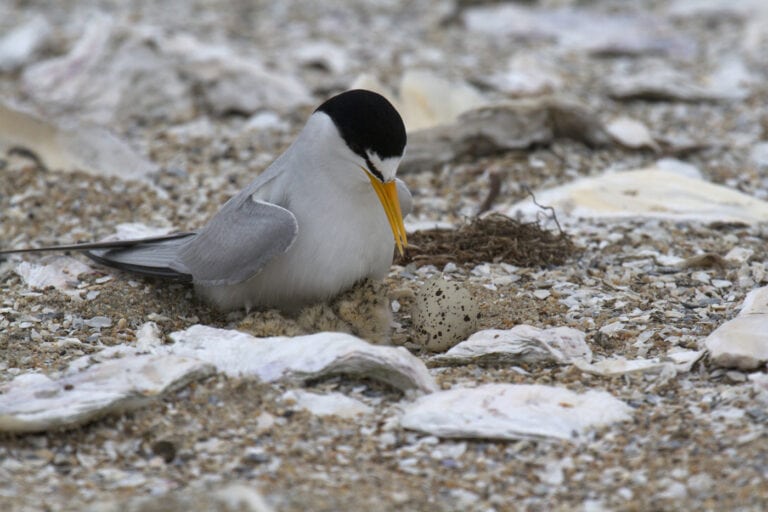
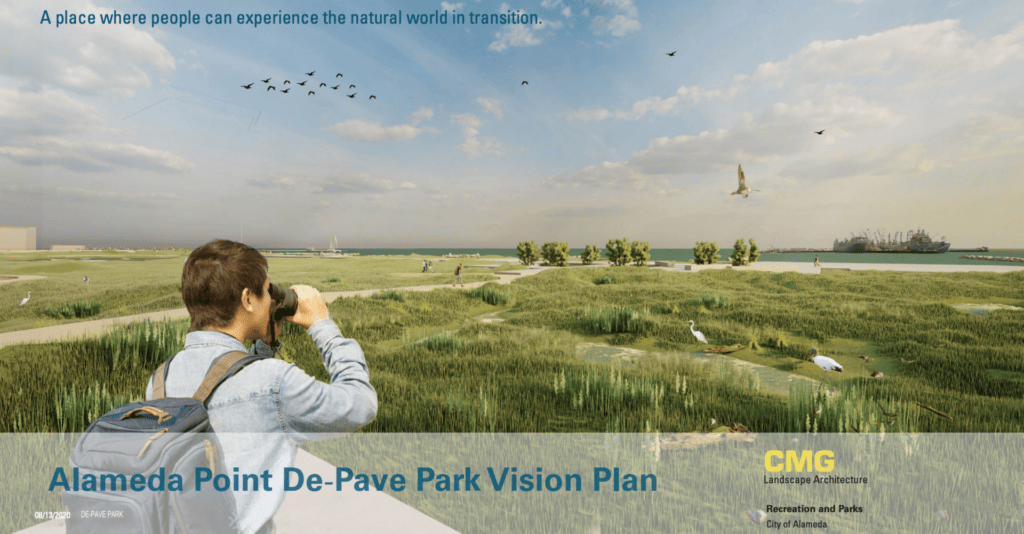 Final De-Pave Park Vision Plan
Final De-Pave Park Vision Plan
